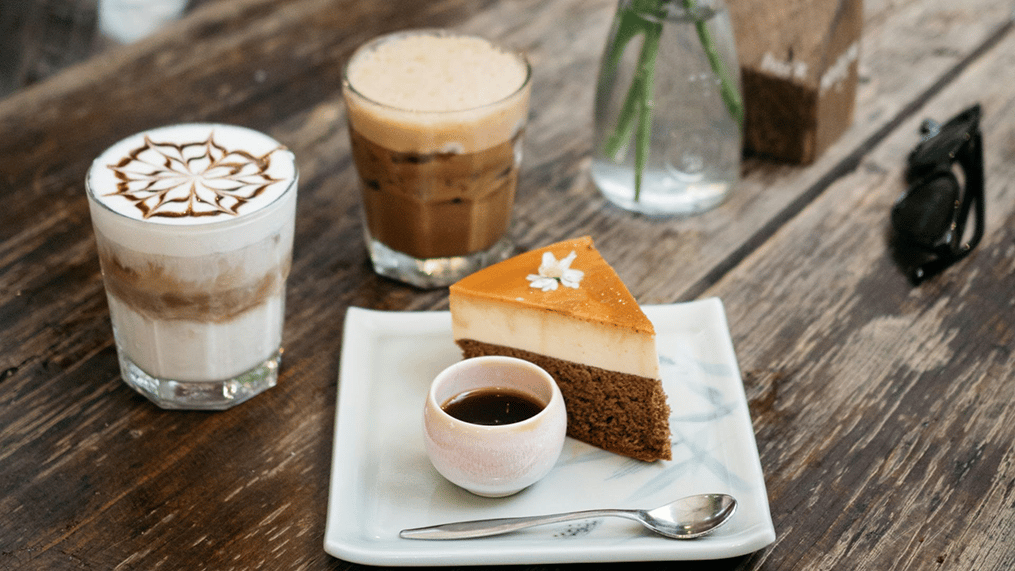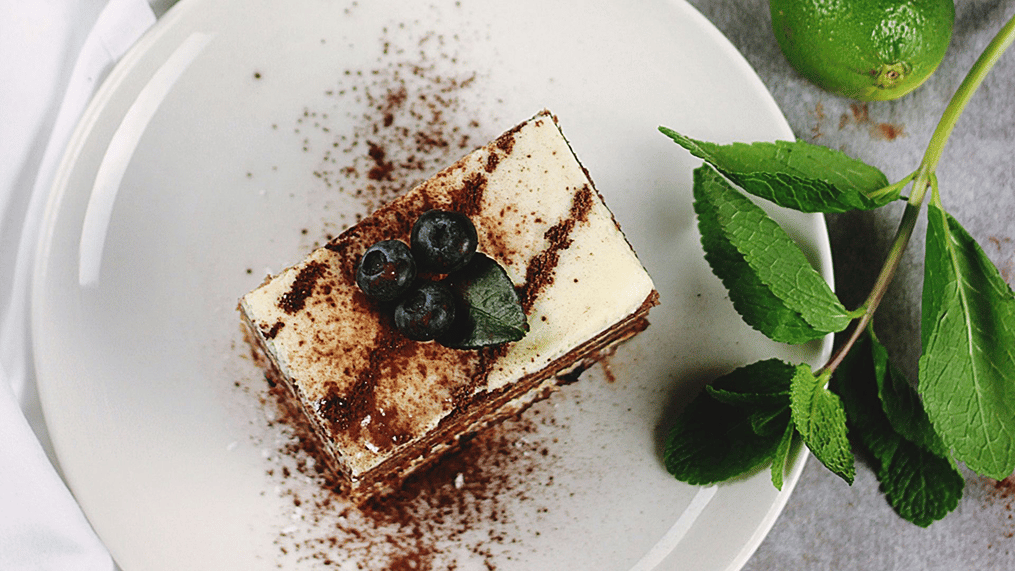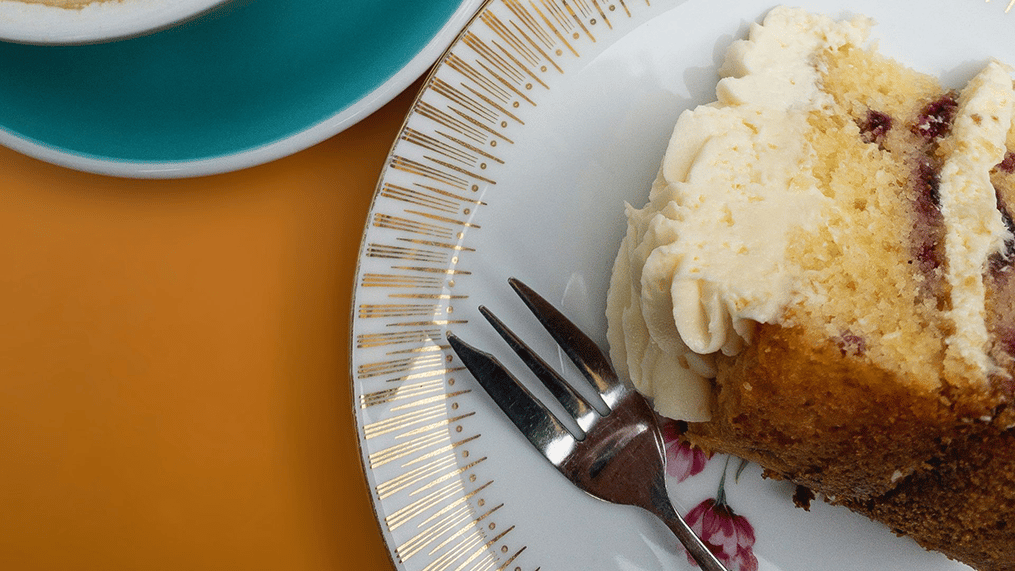Coffee cake evolved and Dutch navigators, the Germans and the English had something to do with this cake, interspersed by wars and evolving tastes.

This kind of cake is similar to tea cake. Not in ingredients, but in the way they are baked and eaten with your favorite cuppa. The coffee cake is made exclusively to be eaten alongside your cup of joe. This cake dates back to the simple old days of communion when it was baked to entertain guests over a cup of coffee.
How did coffee cakes come into being?

Like most desserts, the modern coffee cake does not resemble the fledgling coffee cake that was being made in the 19th century. In fact, the modern coffee cake made by most bloggers and chefs on the internet does not include even a tinge of coffee in it. The first reference to the recipe was penned down in a recipe book dating back to 1877, written by Mrs D. Buxton. That version uses a lot of spices, plenty of lemons, dry fruit and nuts and of course a cup of strong coffee that flavors the entire cake and adds a kick to it.
It Evolved, Not Invented

Way before Mrs Buxton’s version, the cake was being passed around orally and somehow found itself in the journal of Dutch seafarer Jan Huyghen Van Linschoten. This was made known in his journal’s translation to English around 1598. But coffee reached the English shores in its physical form only in 1630 where it was mostly consumed as a beverage. Tea followed shortly, arriving in England in 1652. By the end of the 18th century, everyone was drinking coffee, pushing beer off its pedestal of being the most widely enjoyed beverage.
The Dutch also took tea and coffee to North America, tea in 1650 then 20 years later, coffee. The first coffee house popped up in 1676 in Boston and served as the brewing point for many revolutionary plans, hint the Boston Tea Party. After the war between the United States and the United Kingdom in 1812, coffee prices went down drastically and the quality also shot up. This coffee was coming in from South America. Fast forward to the 1840s the Germans started coming to the US bringing their love for coffee, crumbly cakes, coffee cakes, streusels and their fondness for “kaffeeklatsch” or having a group conversation over coffee.
It did not take long for German taste to overpower the widespread British taste and for coffee to overtake tea and the German-style “kuchen” started masquerading as the new American coffee cakes. This was even more pronounced after the Civil War when the British influences of teatime were fading and coffee with its sidekick coffee cake took a strong foothold.
Reflecting these cultural changes, Aunt Babette’s CookBook (1889) by Bertha Kramer, who was of Jewish-German origin, included a page on English Coffee Cake. She also included a section which listed recipes for the yeast-raised kuchen and pastries that were essentially German and were a popular choice alongside coffee. Following this, another cookbook had coffee cakes included in its pages – the 1918 edition of The Boston Cooking School CookBook, Fanny Farmer included recipes for Coffee Cake and Rich Coffee Cake which featured a batter with the said brewed cup of coffee. You can also make an eggless coffee cake recipe by using egg alternatives.
Rich Coffee Cake Recipe

Ingredients
- 600 gm all-purpose flour
- 225 gm butter
- 400 gm sugar
- 240 ml molasses
- 240 ml strong brewed black coffee, high quality
- 225 gm raisins, seeded and minced
- 225 gm currants, washed and dried
- 115 gm citron, finely chopped (lemon rind will also do)
- 3 eggs, beaten very lightly
- ½ tsp ground cinnamon
- ½ tsp ground mace
- 1 tsp baking soda
Instructions:
- Cream together the butter and sugar until light and fluffy.
- Slightly warm the molasses and beat it into the butter-sugar mixture along with the spices for five minutes until very light.
- Add the egg yolks and coffee and mix well.
- Gradually mix in the flour, alternating with the lightly whipped egg whites.
- Dissolve the baking soda in a little hot water and add to the batter.
- Fold in the dredged dried fruits.
- Beat the batter thoroughly to combine all ingredients well.
- Pour into two greased loaf pans or small round baking tins.
- Bake until a toothpick inserted comes out clean.
- Once cooled enough to handle, wrap tightly in a thick cloth to prevent drying out.
- Store the wrapped cakes in an airtight container, as the coffee aroma will dissipate if exposed to air.
More Like This
Popular Articles




Trending Web Stories
Curated Recipes

















